Home>Gardening & Outdoor>Outdoor Recreation & Activities>How To Remove Calcium From Swimming Pool Tiles
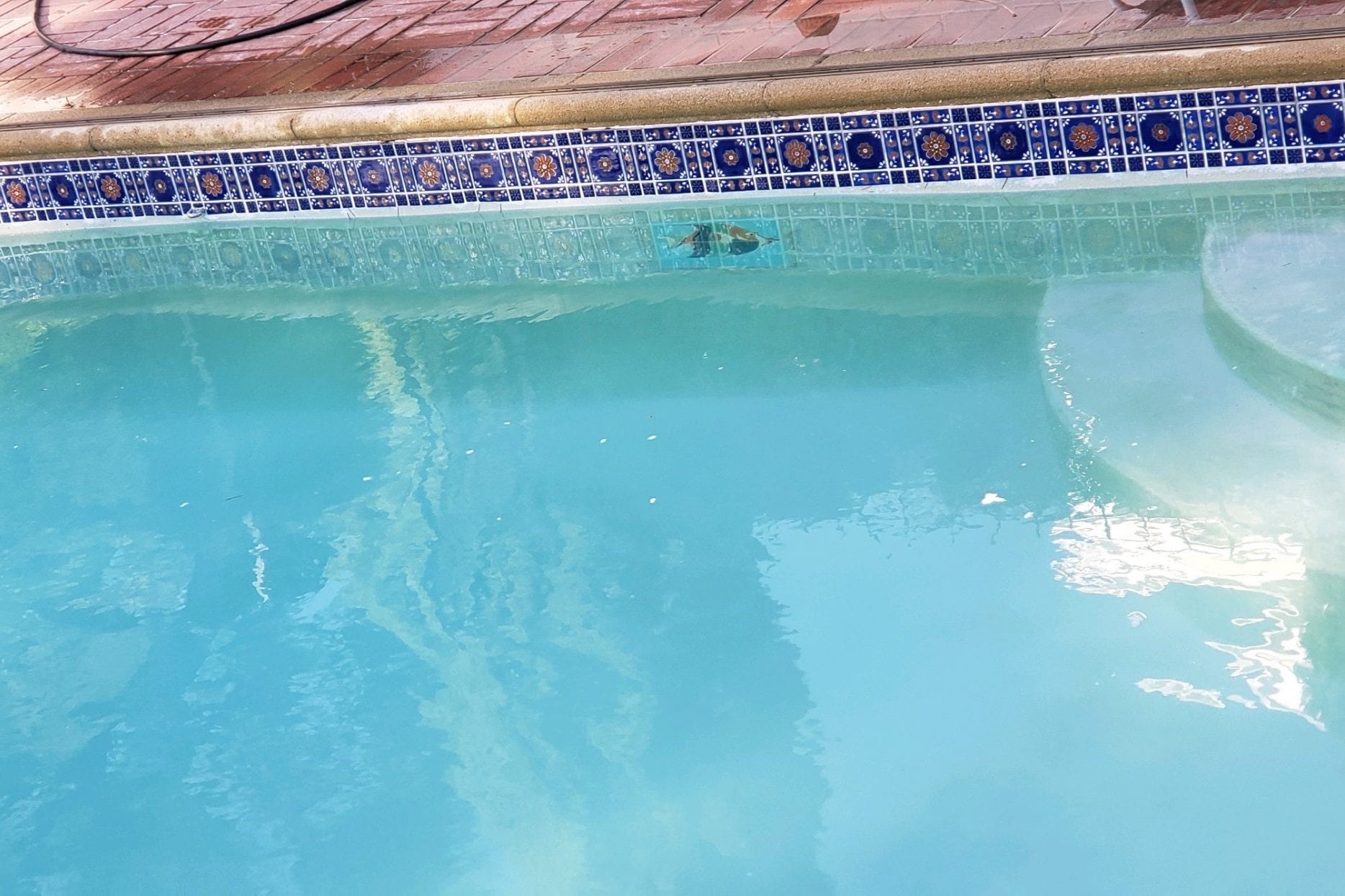

Outdoor Recreation & Activities
How To Remove Calcium From Swimming Pool Tiles
Modified: March 19, 2024
Learn effective methods for removing calcium buildup from swimming pool tiles in this comprehensive guide. Keep your outdoor recreation area clean and safe with these expert tips.
(Many of the links in this article redirect to a specific reviewed product. Your purchase of these products through affiliate links helps to generate commission for Storables.com, at no extra cost. Learn more)
Introduction
Maintaining a sparkling and inviting swimming pool is a source of pride for many homeowners. However, the accumulation of calcium deposits on the pool tiles can quickly diminish the pool's aesthetic appeal. These unsightly white, flaky deposits not only detract from the pool's beauty but can also pose a challenge for pool maintenance. Understanding how to effectively remove calcium buildup from swimming pool tiles is essential for preserving the pool's pristine condition and ensuring an enjoyable swimming experience for all.
Calcium buildup, often referred to as limescale, occurs when calcium and other minerals present in the pool water adhere to the tiles, forming stubborn deposits over time. This can be particularly prevalent in areas with hard water, where the water has a high mineral content. The buildup not only affects the tiles but can also encrust fixtures and equipment, leading to potential damage if left unaddressed.
In this comprehensive guide, we will explore various methods for removing calcium from swimming pool tiles, ranging from utilizing common household products to employing specialized commercial cleaners. Additionally, we will delve into preventive measures to mitigate future calcium buildup, ensuring that your pool remains a pristine oasis for relaxation and enjoyment.
By understanding the nature of calcium buildup and implementing effective removal and prevention strategies, pool owners can maintain the beauty and functionality of their swimming pools, creating an inviting environment for leisure and recreation. Let's embark on this journey to discover the best practices for restoring the luster of your pool tiles and safeguarding your aquatic haven.
Key Takeaways:
- Say goodbye to calcium buildup on your pool tiles! Use vinegar and baking soda to easily remove deposits and prevent future buildup. Keep your pool sparkling and inviting for endless fun!
- Keep your pool tiles pristine by using specialized cleaners and implementing preventive measures. Maintain proper water chemistry and regular cleaning to create a beautiful and safe swimming environment for everyone to enjoy!
Read more: How To Tile A Swimming Pool
Understanding Calcium Buildup
Calcium buildup, also known as limescale, is a common issue in swimming pools, particularly in areas with hard water. This phenomenon occurs when calcium and other minerals present in the pool water accumulate on the tiles, resulting in the formation of stubborn deposits. The buildup typically manifests as unsightly white, flaky deposits that adhere to the pool tiles, diminishing the pool's aesthetic appeal and posing challenges for maintenance.
The primary culprit behind calcium buildup is the mineral content in the pool water. When the water evaporates, the minerals are left behind, gradually forming deposits on the tiles and other surfaces. In addition to calcium, limescale may also contain magnesium, carbonate, and other minerals, further contributing to the formation of stubborn deposits.
The accumulation of calcium deposits is not only a cosmetic concern but can also impact the functionality of the pool. Over time, the buildup can encrust fixtures, equipment, and the pool's circulation system, potentially leading to reduced water flow and damage to the pool infrastructure. Moreover, the rough texture of the deposits can create an ideal environment for algae and bacteria to thrive, compromising the pool's hygiene and safety.
Understanding the factors that contribute to calcium buildup is crucial for devising effective removal and prevention strategies. Factors such as the pool's water chemistry, evaporation rates, and the frequency of pool use can influence the rate at which calcium deposits form. By gaining insight into these factors, pool owners can proactively address calcium buildup, preserving the pool's pristine condition and ensuring a pleasant swimming experience for all.
In the subsequent sections, we will explore various methods for removing calcium deposits from swimming pool tiles, encompassing both household remedies and commercial cleaners. Additionally, we will delve into preventive measures aimed at mitigating future calcium buildup, empowering pool owners to uphold the beauty and functionality of their aquatic retreats.
Methods for Removing Calcium from Swimming Pool Tiles
When it comes to tackling calcium buildup on swimming pool tiles, several effective methods can restore the tiles' pristine condition and enhance the pool's visual appeal. From utilizing common household products to employing specialized commercial cleaners, pool owners have a range of options to address this common maintenance challenge.
Using Household Products
-
Vinegar Solution: A simple yet potent remedy involves creating a solution of equal parts white vinegar and water. This acidic solution effectively breaks down calcium deposits, making them easier to remove. Apply the vinegar solution directly to the affected areas, allowing it to sit for a few minutes before gently scrubbing the tiles with a soft brush or sponge. Rinse the tiles thoroughly to reveal a renewed luster.
-
Baking Soda Paste: Baking soda, renowned for its versatile cleaning properties, can be combined with water to form a paste. This paste can be applied to the calcium deposits, allowing it to sit for a brief period before gently scrubbing the affected areas. The mild abrasive nature of baking soda aids in dislodging the stubborn deposits, facilitating their removal without causing damage to the tiles.
Using Commercial Cleaners
-
Acidic Cleaners: Specialized acidic cleaners formulated for removing calcium deposits offer a powerful solution for tackling stubborn buildup. These cleaners are designed to dissolve and lift the deposits from the tiles, restoring their original luster. It is essential to follow the manufacturer's instructions carefully when using acidic cleaners to ensure safe and effective application.
-
Tile Descalers: Specifically designed for addressing mineral deposits on tiles, tile descalers are effective in removing calcium buildup. These products are available in various formulations, including spray-on solutions and concentrated formulas. When using tile descalers, it is imperative to adhere to the recommended application methods and safety precautions to achieve optimal results.
Preventing Future Calcium Buildup
In addition to removing existing calcium deposits, implementing preventive measures is crucial for mitigating future buildup. Maintaining proper water chemistry, including balanced pH and alkalinity levels, can help prevent excessive mineral deposits. Regular brushing and cleaning of the pool tiles can also prevent the accumulation of calcium deposits, preserving the tiles' pristine condition.
By leveraging these methods for removing calcium from swimming pool tiles and adopting preventive measures, pool owners can effectively manage calcium buildup, ensuring that their pool remains an inviting oasis for leisure and recreation. Whether opting for household remedies or specialized cleaners, addressing calcium deposits promptly is essential for upholding the pool's aesthetic appeal and functionality.
This comprehensive approach empowers pool owners to proactively maintain their swimming pools, creating an environment that exudes cleanliness, beauty, and enjoyment for all who partake in aquatic activities.
Using Household Products
When it comes to addressing calcium buildup on swimming pool tiles, household products offer accessible and effective solutions for restoring the tiles' pristine condition. These remedies, often readily available in most homes, provide a convenient and budget-friendly approach to tackling stubborn calcium deposits.
Vinegar Solution
A simple yet potent remedy involves creating a solution of equal parts white vinegar and water. Vinegar, known for its acidic properties, effectively breaks down calcium deposits, making them easier to remove. To utilize this method, apply the vinegar solution directly to the affected areas, allowing it to sit for a few minutes. This allows the acidic solution to penetrate the deposits, facilitating their dissolution. After the solution has had time to work its magic, gently scrub the tiles with a soft brush or sponge. Finally, rinse the tiles thoroughly to reveal a renewed luster. The mild acidity of the vinegar not only aids in dissolving the calcium deposits but also helps to inhibit the growth of algae and bacteria, contributing to the overall cleanliness of the pool tiles.
Baking Soda Paste
Another household staple renowned for its versatile cleaning properties is baking soda. When combined with water to form a paste, baking soda becomes an effective agent for tackling calcium deposits on pool tiles. To utilize this method, create a paste by mixing baking soda with water and apply it directly to the affected areas. Allow the paste to sit for a brief period, enabling it to penetrate the stubborn deposits. The mild abrasive nature of baking soda aids in dislodging the calcium deposits, facilitating their removal without causing damage to the tiles. After allowing the paste to work its magic, gently scrub the affected areas before rinsing the tiles thoroughly. This method not only effectively removes calcium deposits but also leaves the tiles looking refreshed and revitalized.
By leveraging these household products, pool owners can effectively address calcium buildup on swimming pool tiles without the need for specialized cleaners. These accessible remedies offer a practical and eco-friendly approach to maintaining the beauty and functionality of the pool, ensuring an inviting environment for leisure and recreation.
Read more: How To Remove A Swimming Pool
Using Commercial Cleaners
When household remedies may not suffice, or for those seeking a more specialized approach to tackling stubborn calcium buildup on swimming pool tiles, commercial cleaners offer a potent solution. These specialized products are formulated to effectively dissolve and lift calcium deposits, restoring the tiles' original luster and enhancing the overall aesthetic appeal of the pool.
Acidic Cleaners
Specialized acidic cleaners designed for removing calcium deposits provide a powerful and targeted approach to addressing stubborn buildup. These cleaners are formulated to leverage the dissolving properties of acids, effectively breaking down and lifting the deposits from the tiles. By applying acidic cleaners to the affected areas and allowing them to work their magic, pool owners can witness the gradual dissolution of the stubborn calcium deposits. It is essential to follow the manufacturer's instructions carefully when using acidic cleaners to ensure safe and effective application. Additionally, protective gear, such as gloves and goggles, should be worn to safeguard against potential skin and eye irritation.
Tile Descalers
Tile descalers, specifically designed for addressing mineral deposits on tiles, offer an effective and convenient solution for removing calcium buildup. These products are available in various formulations, including spray-on solutions and concentrated formulas, catering to diverse preferences and requirements. When utilizing tile descalers, it is imperative to adhere to the recommended application methods and safety precautions to achieve optimal results. By following the manufacturer's guidelines and applying the descaler to the affected areas, pool owners can witness the gradual dissolution of the stubborn calcium deposits, revealing the tiles' renewed luster.
By leveraging these commercial cleaners, pool owners can effectively address persistent calcium buildup on swimming pool tiles, restoring the tiles' pristine condition and enhancing the pool's visual appeal. These specialized products offer a targeted and efficient approach to maintaining the beauty and functionality of the pool, ensuring an inviting environment for leisure and recreation.
This comprehensive approach empowers pool owners to proactively maintain their swimming pools, creating an environment that exudes cleanliness, beauty, and enjoyment for all who partake in aquatic activities.
Preventing Future Calcium Buildup
Preventing future calcium buildup is essential for maintaining the pristine condition of swimming pool tiles and mitigating the recurrence of stubborn deposits. By implementing proactive measures and adhering to regular maintenance practices, pool owners can effectively minimize the accumulation of calcium deposits, preserving the tiles' luster and the overall aesthetic appeal of the pool.
Maintaining Proper Water Chemistry
Maintaining balanced water chemistry is paramount in preventing excessive mineral deposits, including calcium buildup, on pool tiles. Regular monitoring and adjustment of the pool's pH and alkalinity levels help create an environment that discourages the formation of stubborn deposits. By ensuring that the water chemistry remains within the recommended parameters, pool owners can mitigate the factors that contribute to calcium buildup, fostering a clean and inviting pool environment.
Regular Brushing and Cleaning
Regular brushing and cleaning of the pool tiles play a pivotal role in preventing the accumulation of calcium deposits. By incorporating routine maintenance practices, such as brushing the tiles to dislodge potential deposits and removing debris and organic matter, pool owners can effectively thwart the onset of stubborn buildup. Additionally, periodic cleaning of the pool tiles with mild, non-abrasive cleaners helps maintain their pristine condition, minimizing the likelihood of calcium deposits taking hold.
Proper Water Circulation and Filtration
Optimizing water circulation and filtration within the pool is instrumental in preventing calcium buildup. Adequate water circulation helps disperse minerals and prevent them from settling on the tiles, reducing the potential for deposits to form. Furthermore, ensuring that the pool's filtration system is functioning optimally aids in removing impurities and minerals from the water, contributing to the prevention of calcium deposits on the tiles.
Regular Water Testing and Maintenance
Regular water testing and maintenance are fundamental in identifying and addressing imbalances that can lead to calcium buildup. By conducting routine water tests and promptly addressing any deviations from the ideal parameters, such as high calcium hardness levels, pool owners can proactively mitigate the risk of stubborn deposits. Adjusting the water chemistry as needed based on test results helps maintain a balanced pool environment, minimizing the potential for calcium buildup on the tiles.
By embracing these preventive measures, pool owners can effectively manage calcium buildup, ensuring that their pool remains an inviting oasis for leisure and recreation. These proactive practices not only preserve the tiles' pristine condition but also contribute to the overall cleanliness and visual appeal of the pool, creating an environment that exudes beauty and enjoyment for all who partake in aquatic activities.
Read more: How To Clean Swimming Pool Tile
Conclusion
In conclusion, the presence of calcium buildup on swimming pool tiles is a common challenge that can detract from the pool's aesthetic appeal and pose maintenance concerns. However, by understanding the nature of calcium deposits and implementing effective removal and prevention strategies, pool owners can uphold the beauty and functionality of their aquatic retreats.
The methods for removing calcium from swimming pool tiles, encompassing both household remedies and commercial cleaners, offer diverse and effective approaches to address stubborn buildup. Household products such as vinegar solutions and baking soda paste provide accessible and eco-friendly solutions, leveraging the cleaning properties of common ingredients to dissolve and dislodge calcium deposits. On the other hand, commercial cleaners, including acidic cleaners and tile descalers, offer targeted and potent solutions for restoring the tiles' original luster.
Furthermore, preventing future calcium buildup is paramount for maintaining the pristine condition of pool tiles. By maintaining proper water chemistry, embracing regular brushing and cleaning practices, optimizing water circulation and filtration, and conducting routine water testing and maintenance, pool owners can effectively mitigate the recurrence of stubborn deposits, creating an inviting environment for leisure and recreation.
By leveraging these comprehensive strategies, pool owners can proactively maintain their swimming pools, ensuring an environment that exudes cleanliness, beauty, and enjoyment for all who partake in aquatic activities. The restoration of the tiles' pristine condition not only enhances the pool's visual appeal but also contributes to the overall cleanliness and safety of the pool, fostering an environment that beckons relaxation and leisure.
In essence, the effective removal of calcium buildup from swimming pool tiles and the implementation of preventive measures empower pool owners to preserve the beauty and functionality of their aquatic retreats. By embracing these best practices, pool owners can revel in the splendor of their pristine pool oasis, creating a haven for relaxation and enjoyment for themselves and their guests.
Frequently Asked Questions about How To Remove Calcium From Swimming Pool Tiles
Was this page helpful?
At Storables.com, we guarantee accurate and reliable information. Our content, validated by Expert Board Contributors, is crafted following stringent Editorial Policies. We're committed to providing you with well-researched, expert-backed insights for all your informational needs.

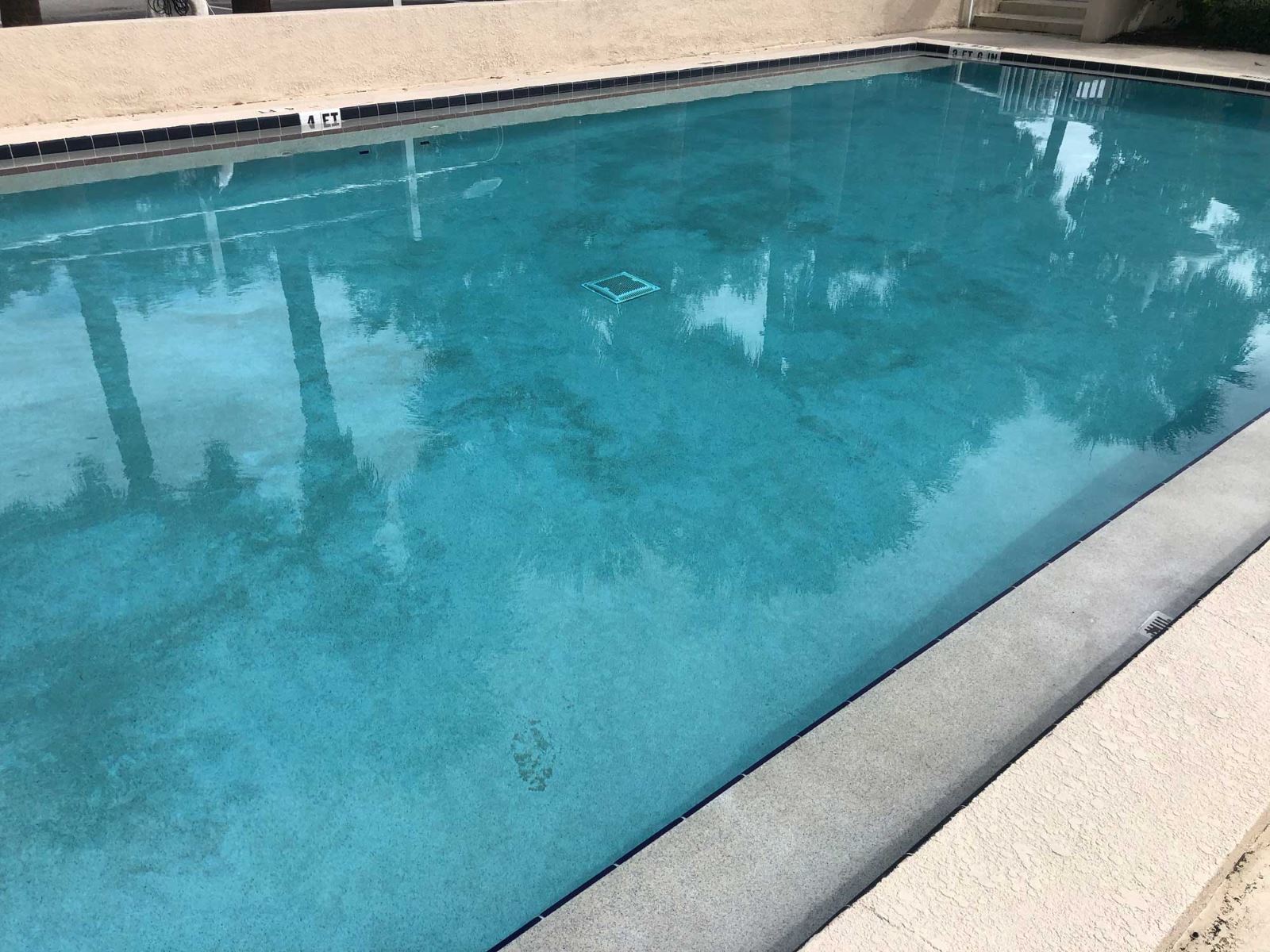
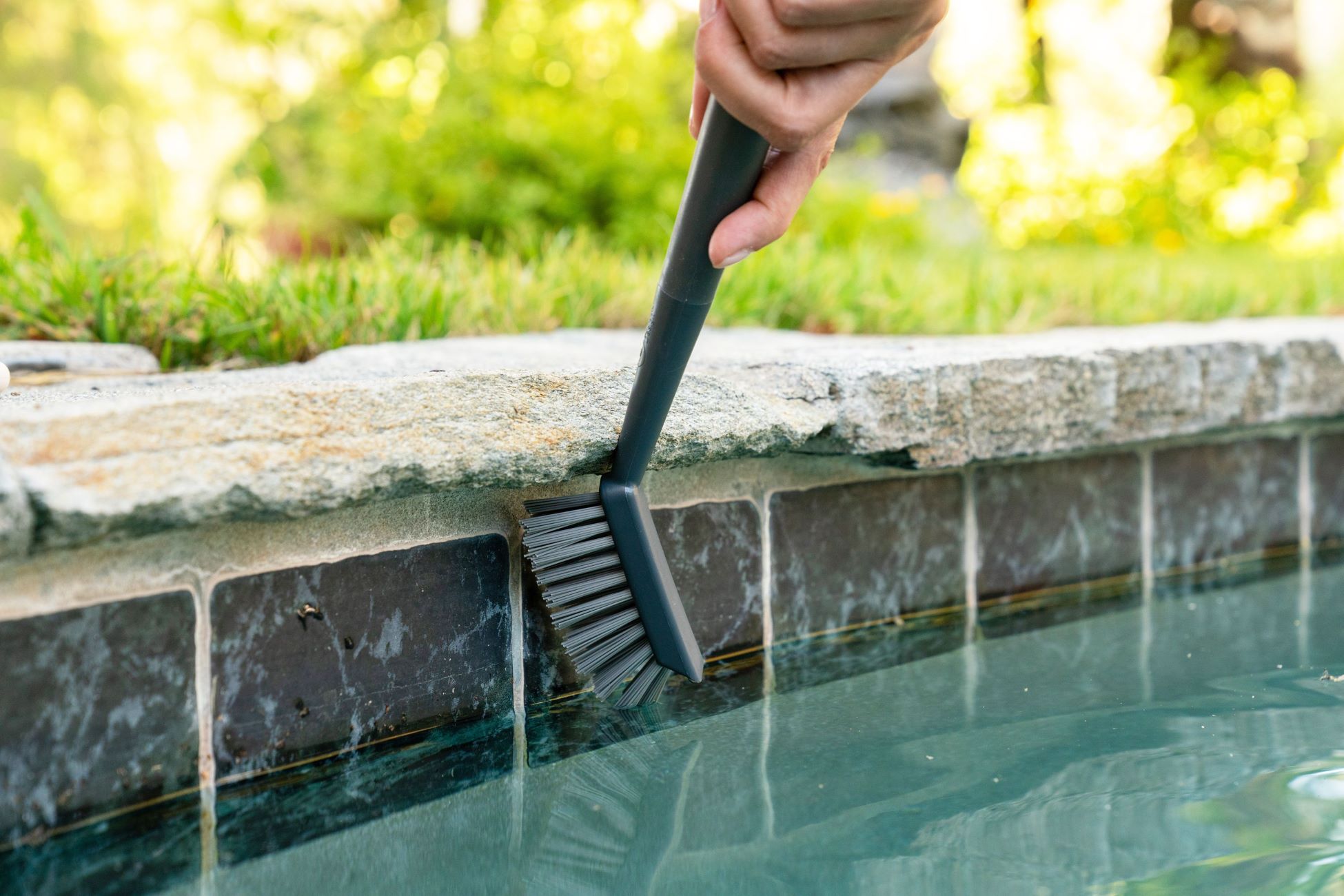
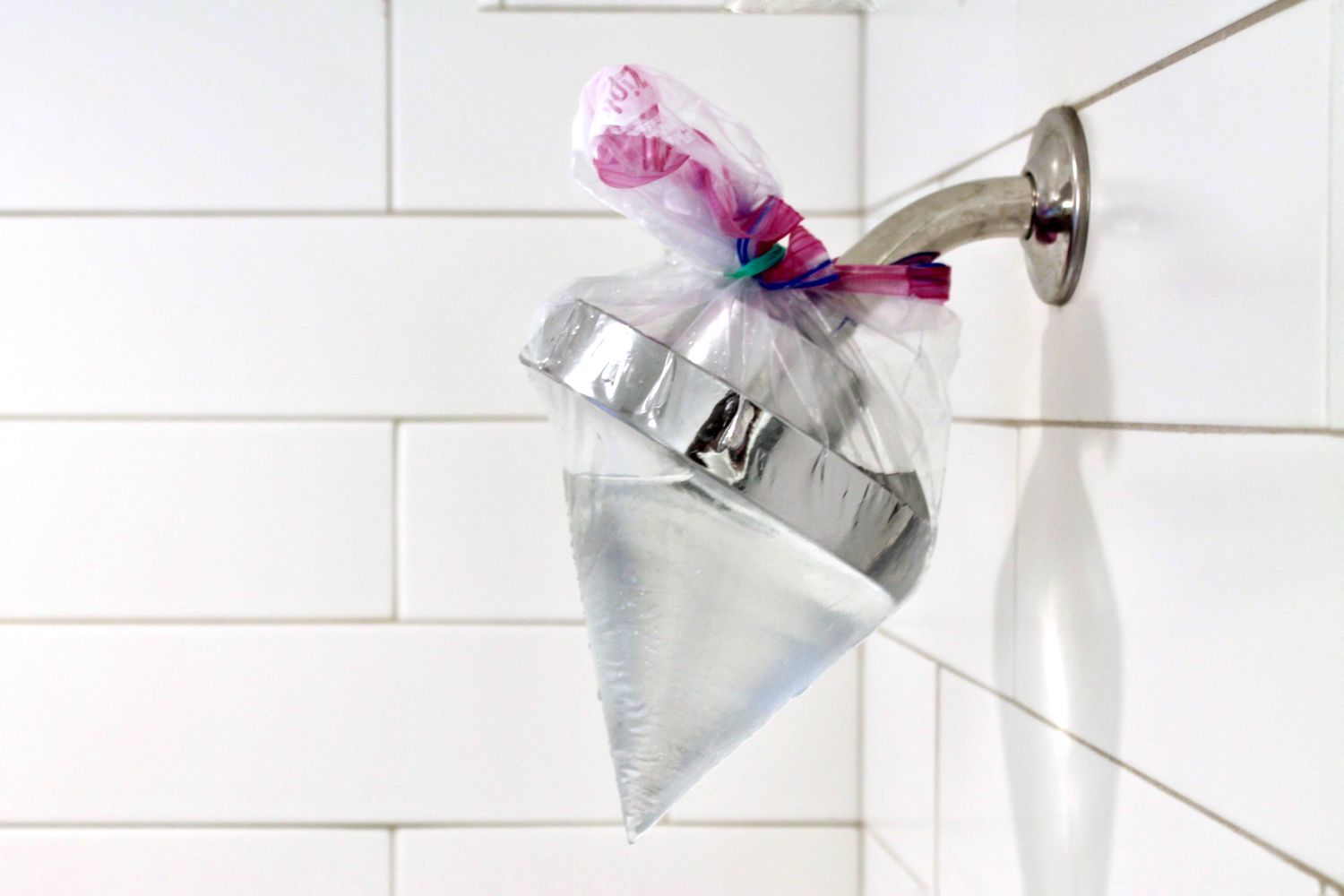
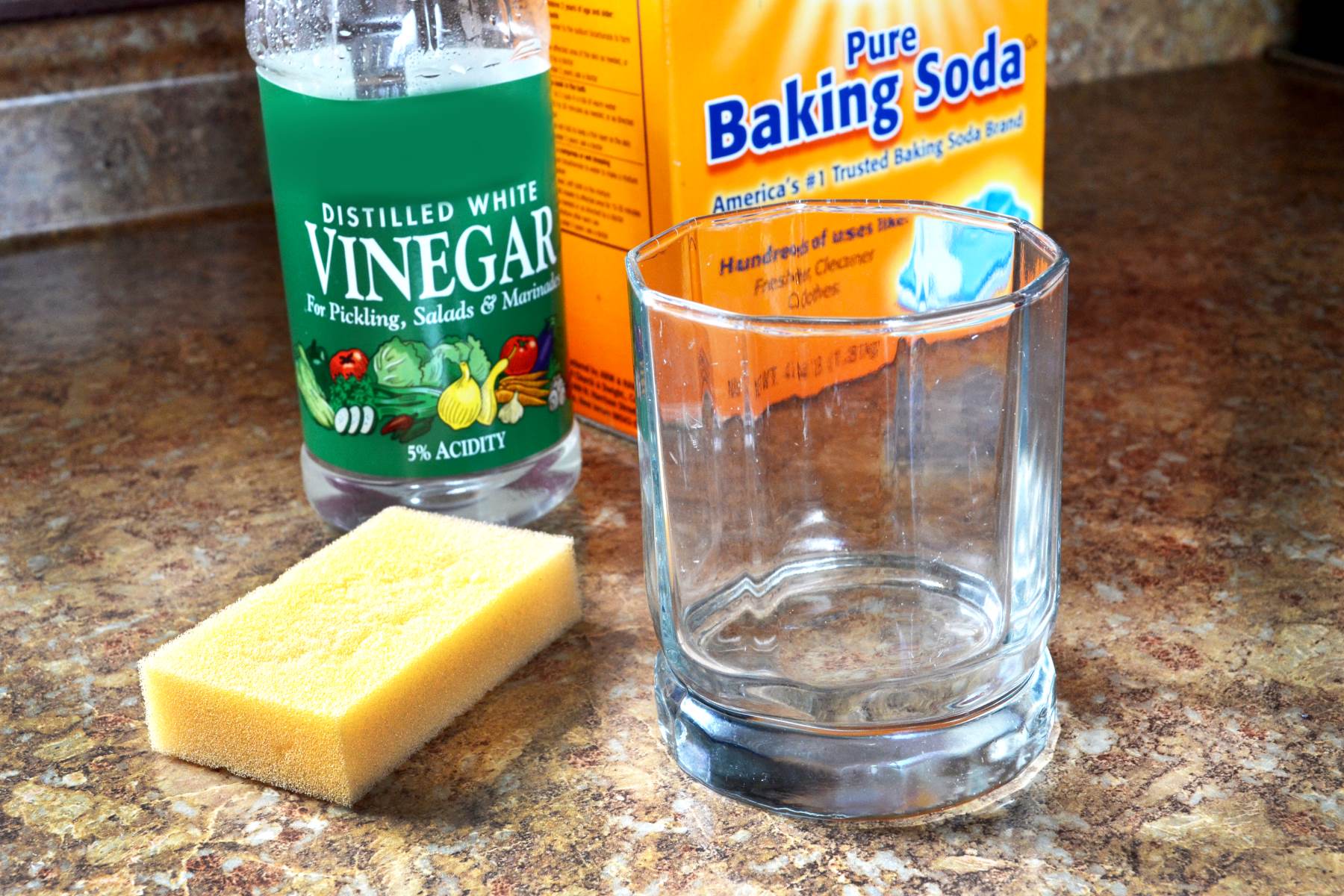
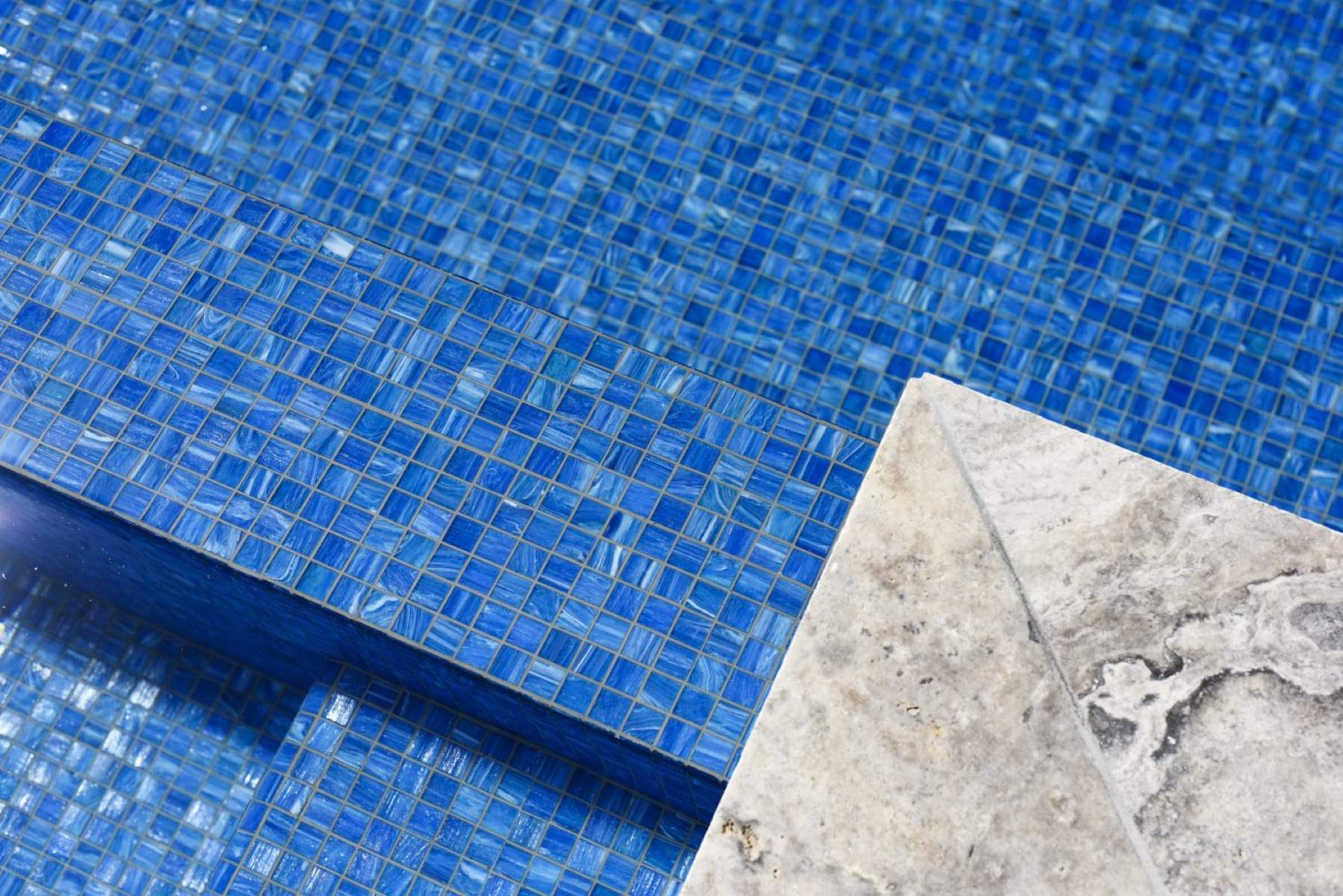






0 thoughts on “How To Remove Calcium From Swimming Pool Tiles”